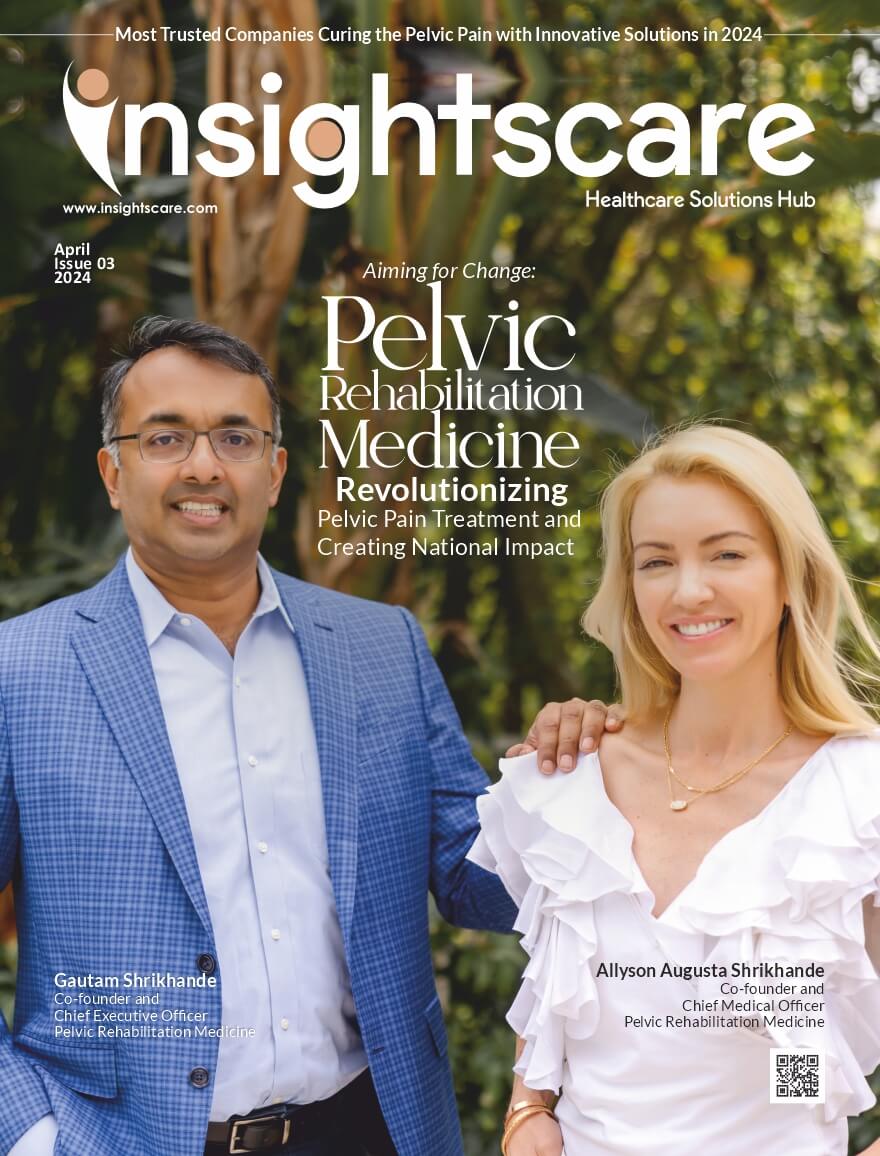Under new FDA regulations, mammogram amenities would be bound to inform patients about the intensity of their breasts. Women with dense breast tissue seem to be more susceptible to breast cancer, and dense tissue can make cancer more difficult to detect in mammograms. Despite this, few women recognize large breasts as a significant cancer risk factor.
Overview
The FDA announcement on Thursday will also strengthen the agency’s oversight of mammogram facilities, allowing it to communicate directly with patients if a facility fails to meet standards. “Today’s action exemplifies the agency’s broader commitment to fostering innovation.”
Breasts with dense breast tissue have more fibroglandular tissue than fatty tissue. It’s common. According to the FDA, they found it roughly half of all women with mammograms. According to the American Cancer Society, it appears white on a mammogram, making cancer, which also appears white, more challenging to detect. Dense breasts are more likely to be linked to a fourfold increase in the risk of breast cancer.
Furthermore, the FDA requires that facilities recommend that patients with dense breasts consult with the health care provider about their breast density, breast cancer risks, and their specific situation.
End Note
The amendments to the Mammography Quality Standards Act of 1992 must be implemented within 18 months. According to the FDA, the new regulations will improve mammography practice inspection and communication with patients and providers.
Read More News: Click Here















